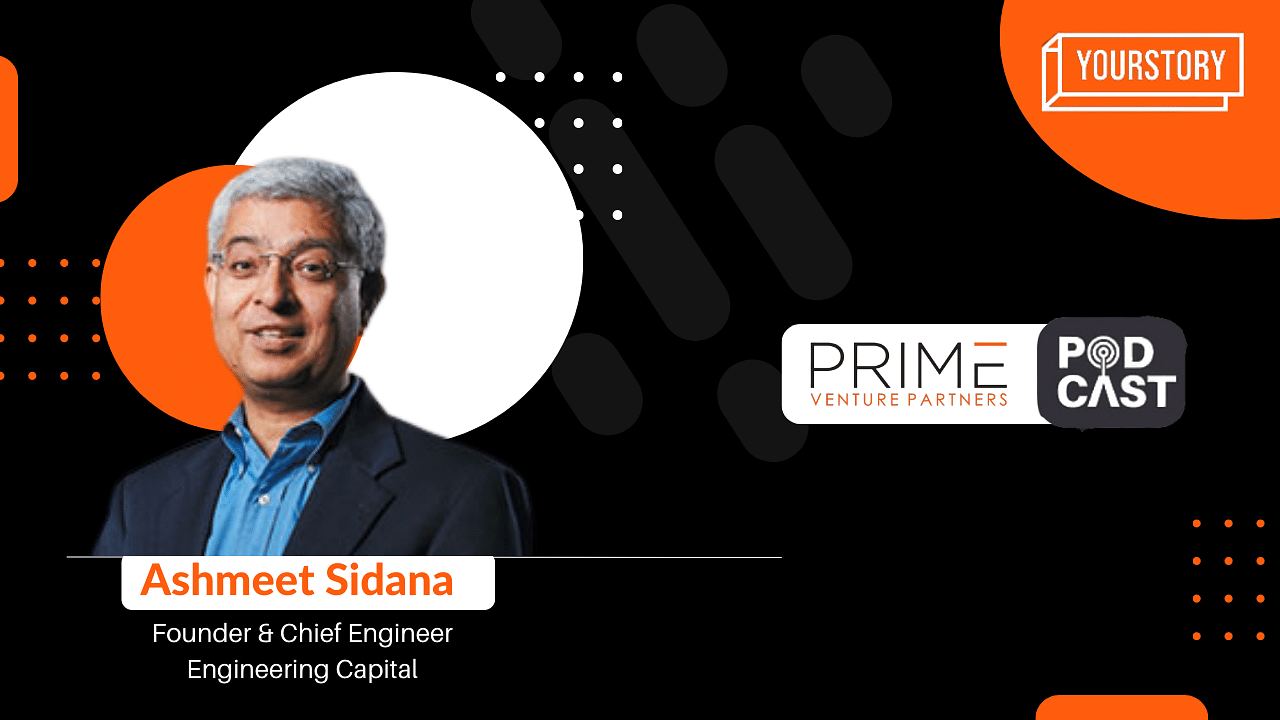Engineering Capital is a Silicon Valley-based VC firm that invests in deeptech startups. Before this, Ashmeet had worked in various roles, one of the most notable being the product lead at VMware where he was responsible to take the company from zero to $30M in ARR.
Going bottoms up as entrepreneurs
Going top down is popular way of looking at market size. Any reports or surveys that predict so and so budget are usually a sign of a top down market size.
But when should an entrepreneur or an early-stage VC use top down market sizes? Ashmeet says never.
“Top down market sizes are very hard to disagree with. They are basically surveys and extensions of broad macro trends. And they may or may not represent the micro value proposition that a startup has to capture in its very early stages,” explains Ashmeet.
Guesstimating the potential market for revolutionary products
Revolutionary products are early movers, with a large fraction of the market available to capture. Entrepreneurs can turn such startups into valuable companies even when they don’t know the number of customers or the price. They can do it based on rough estimates of these basic elements and drive them with some fundamental data and belief in what they intend to do.
Regardless of this, Ashmeet states that creating a category is a continuum.
“You start with something which starts as an evolution. And if you do enough of that, and then enough changes happen, it becomes a revolution. And it becomes a category in itself.”
But for early entrepreneurs, the focus should be on finding the product market fit.
“That is the religion, the most important thing that an early-stage entrepreneur needs to figure out is the customer going to buy it? How much are they going to pay for it? And how much does it cost me to deliver to that customer? So, can I make a profit? Is there a positive gross margin in this business?” explains Ashmeet.
Ignore precision, focus on accuracy: Getting the range right
Drawing from his own experience with VMware, Ashmeet says it is all about keeping up in the right direction.
Over the years, they increased the value of their software by adding new features. So, even though more people were buying it, they were also paying much more for the product and its additional features.
“And so, the idea here is, the direction was right, we had built a product that people found value from and then we were able to enhance it, grow it and capture more of the value out of it,” remarks Ashmeet.
The takeaway is that when you build a product and are set in the right direction, you should guesstimate the ballpark for things, take in enough buffers, failures, and negative surprises that may arise and give yourself room to execute, build and grow.
Going beyond the market size
Analysing things, collecting data and working around them is important, but in the end, it boils down to the hard work and execution of entrepreneurs that turn startups into great companies.
“I will end with the thought that having a large market and getting market size right is a necessity, but not sufficient condition to success. You need many other things. At the end of the day, it is mostly about execution. That defines the success of a great entrepreneur.”
You can listen to the full episode here
Time Stamps
02:00 – The High Cost of Getting The Market Size Wrong
10:00 – When Should You Use Top Down Market Size
15:30 – Calculating Market Size: Precision Vs Accuracy
23:30 – Great Products Expand Markets
28:30 – Creating a Category is a Continuum
35:00 – Disagreeing with the Market Size









![Read more about the article [Funding alert] D2C brand aggregator G.O.A.T raises $50M in Series A1 round](https://blog.digitalsevaa.com/wp-content/uploads/2022/06/goat-1655368337404-300x150.png)
